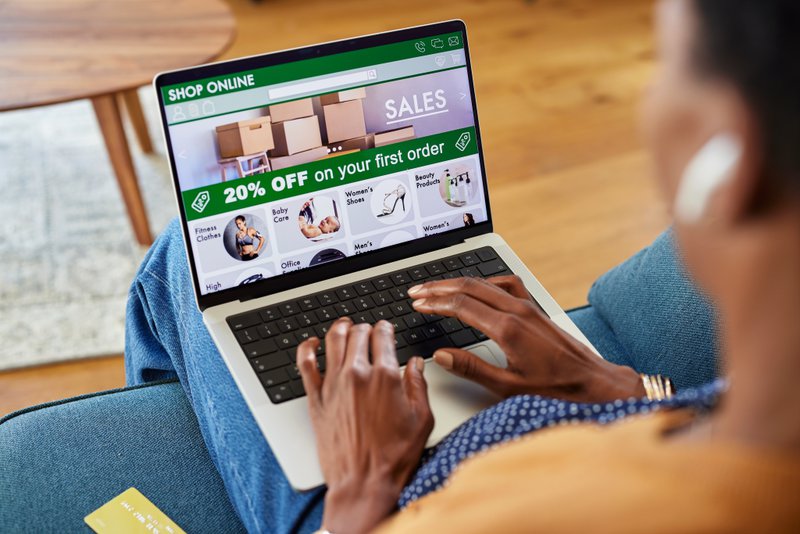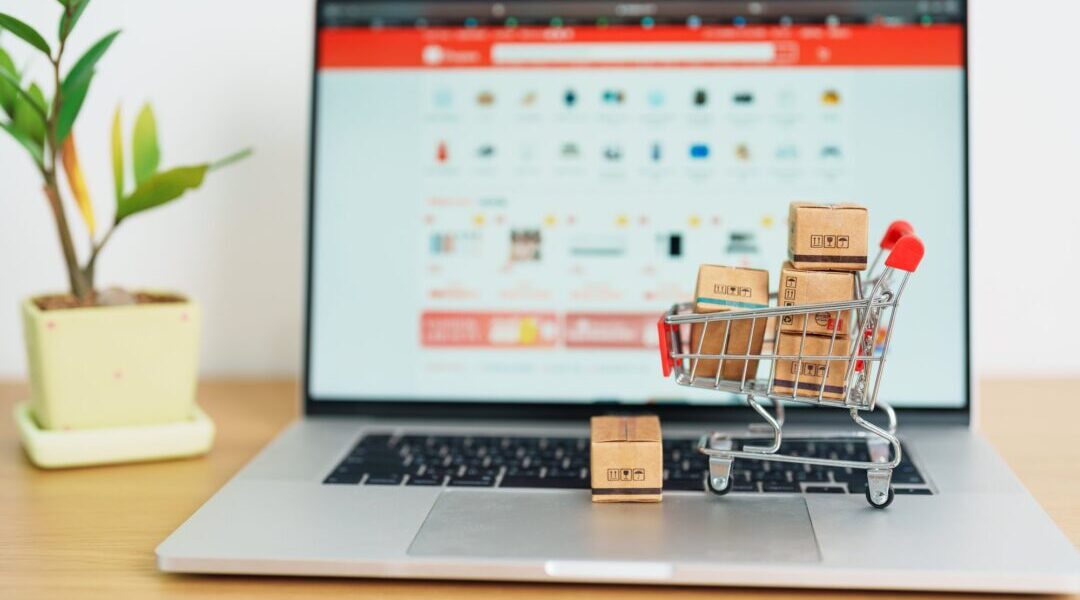Sales promotions are a great way to stir things up when the store’s a little quiet. The simple act of offering lower prices or product bundles—or giving away free items on every purchase—can stimulate eCommerce sales activity. Customers holding out for a better deal get their opportunity, while others take advantage to stock up. More importantly, buyers on the fence can finally take the plunge. Altogether, a well-received sales promotion leads to positive customer experiences and strengthens loyalty.
For eCommerce retailers, sales promotions deliver a plethora of benefits. You attract new customers, maintain your sales volumes, and generate additional revenue. Additionally, your products enjoy higher visibility and therefore reach a wider customer base. A well-planned, well-executed, and effectively monitored sales promotion can do more than just boost the bottom line.

Why Track Your Active Sales Promotion?
Although some retailers are content to simply plan and conduct promotions—that’s not enough on its own. Unless you’re also monitoring sales activity, you won’t know whether it’s working until the final figures are out. Only then can you establish whether the revenue generated outweighs the costs of the sales promotion itself. And by that time, it’ll be too late to make a course correction.
Instead of adopting a wait-and-see attitude, brands should proactively monitor their sales promotions from start to finish. This makes it easier to spot any issues early on, and means there’s enough time to remedy the situation. Thankfully, eCommerce sites don’t need the same level of vigilance and compliance checking as an actual store branch. That said, online storefronts do have their particular quirks that require immediate attention—though nothing that a quick response team can’t handle.
5 Best Practices When Monitoring Your Sales Promotion
As the saying goes, an ounce of prevention is worth a pound of cure. Active monitoring doesn’t only help to limit damages wrought by execution problems but can also identify those practices that are most successful.
Here are five best practices that your brand team can implement to improve sales promotion monitoring:
1. Watch Out for Broken Pages
When you’re rushing to integrate sales promotion content into your store catalog, watch out for broken links. If a customer clicks through to a missing page or finds a broken link, chances are they’ll abandon the sales journey altogether. Over and above lost sales opportunities, that means reduced eCommerce traffic and a loss of credibility for the brand.
Luckily, broken pages and wrong links are easy to remedy with vigilant quality control measures. This requires institutionalizing the practice of having QA (quality assurance) teams comb through your site—and giving them sufficient time and resources to do so effectively. Alternatively, using software that automates merchandising and cataloging tasks can minimize broken link errors and oversights.
2. Monitor Sales Analytics
With digital technology entrenched in today’s society, your eCommerce site should already have robust analytics features. Instead of waiting for insights generated at the end of the sales promotion cycle, have your analytics team look into current sales activities to isolate trends and highlight bright spots.
Using analytics, you can track trending products that are selling faster than expected. At the same time, you’re able to identify items that are barely moving despite hugely discounted prices. This real-time information lets you make speedy decisions and adjustments. In this situation, you could choose to showcase more of your slow-moving items to drive up demand. Meanwhile, make a quick call to the warehouse to ensure there’s enough stock of your bestsellers to sustain the promo.

3. Optimize Your Product Pages
Even outside of sales promotion periods, product pages should display accurate details. Check that your system keeps product pages optimized with up-to-date prices and accurate product and SKU inventories. Indicators that an item is part of the ongoing sales promotion can also be very helpful for casual buyers who might otherwise be unaware of the ongoing promotion.
Optimized product pages result in superior product recommendations. During an active promotion, customers tend to be more receptive to a timely offer of promo bundles and bulk purchase savings.
4. Capture Specific Data
Analytics can connect distinct threads and recognize patterns that ultimately provide better insights. For instance, even if your numbers indicated more money flowing in, deeper analytics might show that you’re actually losing money due to excessive discounts on promotions—and stagnant sales of non-promotional items. Unless you know the short- and long-term effects of your sales promotion, you really won’t know whether it helped achieve the company’s goals or not.
Ideally, your analytics platform should have no problem answering these questions:
- What markets or segments are taking advantage of the sales promotion?
- Are there increases in the average purchase value per customer during the promo?
- Is the sales promotion cannibalizing the sales of other non-promotional products? If so, which brands or products are affected?
- Are we making money or simply shedding inventory? Does revenue generated exceed the implementation cost?
Knowing the answers to these questions and more lets brand teams tweak promotions to improve the results. Conversely, if there are glaring issues that can’t be resolved, this information can help management decide when to ultimately pull the plug to prevent more losses.
5. Utilize Predictive Inventory Status Callouts
During a sales promotion, some customers are happy to purchase a single item, while others aim to go big and stock up. For another customer, the offers night be so attractive that they try to buy up all your inventory! These shifts in demand become more apparent during limited-time events or flash sales.
Utilizing predictive analytics to generate inventory status callouts is a very helpful method of keeping customers in the loop. Instead of just specifying if an item is in stock or not, callouts inform a buyer that only a few such items remain. This can convey a sense of urgency that pushes a hesitant shopper to act now or lose out. Alternatively, callouts may be in the form of a warning timer, reminding buyers to wrap it up before the deadline passes.
Make Your Sales Promotion Easier to Implement With Smart Merchandiser
Managing multiple products on your eCommerce site can be a handful without the proper merchandising software. After all, you can’t afford to display inaccurate data about your products or their availability—especially during a sales promotion. Buyers who miss out on promotional purchases because of a faulty product page will blame you for their wasted time and effort. Furthermore, they won’t hesitate to raise the issue on social media and everywhere else.
Zobrist Smart Merchandiser helps keep your product catalog pages organized and updated. Instead of going over spreadsheets or switching between multiple applications, Smart Merchandiser delivers optimized catalogs that display current, accurate information. Whether you’re implementing a sales promotion or simply want an orderly online catalog, Smart Merchandiser gets the job done.
Learn more about how using Smart Merchandiser can increase your merchandising team’s productivity by 70%—and your eCommerce site’s revenue by 20%. Drop us a line, and tell us a bit about your company and what you want done. In return, we’ll be happy to set up a free demonstration.




